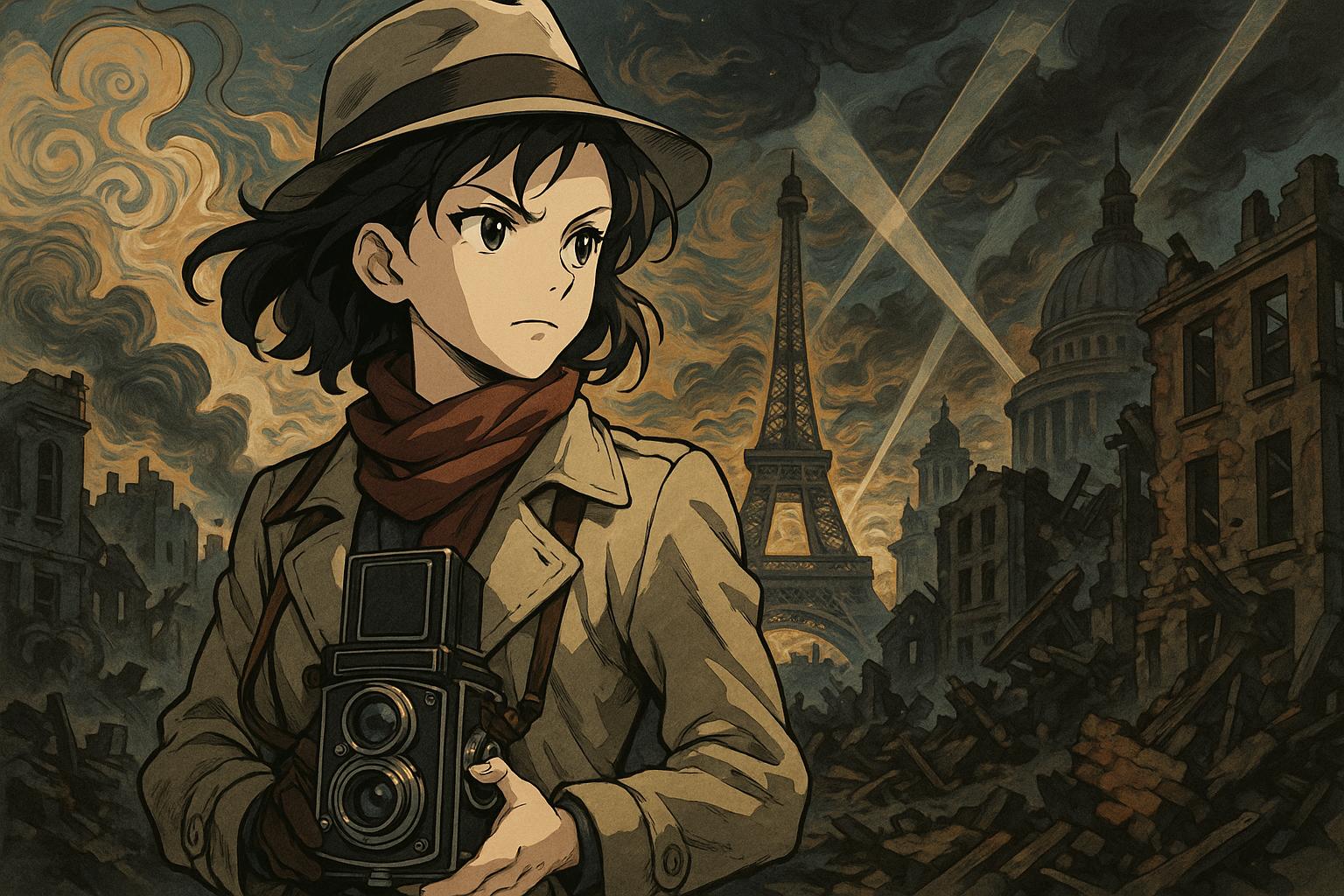This autumn, Tate Britain is set to host the UK’s largest retrospective of the renowned American photographer and photojournalist Lee Miller, a figure whose remarkable images have left an indelible mark on the history of modern photography. Running from 2 October 2025 to 15 February 2026, the exhibition promises to provide a comprehensive overview of Miller’s prolific career, encapsulating her contributions to French surrealism, fashion photography, and the crucial role she played as a war correspondent during World War II.
The exhibition will feature approximately 250 vintage and modern prints, including many that have never been displayed before. According to Tate, these works will reveal Miller's “poetic vision and fearless spirit,” showcasing a versatile artist who navigated a range of styles and themes throughout her life. From capturing the surreal in everyday Parisian life to documenting the somber realities of war-torn Europe, Miller's photographs tell stories of beauty, resilience, and profound human experience.
Miller's journey began in 1907 in Poughkeepsie, New York, where she first found exposure to photography while modelling for prominent photographers such as Cecil Beaton and Edward Steichen. This early experience ignited a passion for the medium, propelling her into the avant-garde scene of Paris in the late 1920s. There, she became a pivotal figure in the surrealist movement, collaborating closely with the influential artist Man Ray. Their experimentation led to new photographic techniques, including solarisation, which transformed how images were perceived.
As the world shifted towards conflict, Miller pivoted to photojournalism, becoming one of the few female war correspondents accredited by British Vogue. Her lens shifted from the artistic expressions of Paris to the grim vignettes of the London Blitz. Iconic images such as "You will not lunch in Charlotte Street today" (1940) and "Fire Masks" (1941) encapsulate the absurdity and pathos of wartime London, revealing a unique perspective on the societal impacts of war.
The exhibition will also delve into her harrowing portrayal of concentration camp liberation, presenting photographs taken during her time in Dachau and Buchenwald alongside poignant essays she authored for Vogue. These writings provide an intimate glimpse into her thoughts during one of humanity's darkest eras, further enhancing the narrative woven through her images.
Moreover, the exhibition highlights her adventurous spirit, bringing attention to lesser-known aspects of her work, such as her striking photographs of the Egyptian landscape captured in the 1930s. Miller’s ability to find beauty in diverse settings reinforces her status as a trailblazer in both photography and cultural commentary.
Miller's life and work have inspired numerous depictions in popular culture, such as the 2023 film "Lee," starring Kate Winslet, which focuses on her wartime experiences and the complexity of her character. Expressions of her influence continue to resonate, with notable references found in recent cinematic portrayals.
As visitors prepare to engage with Miller’s extensive oeuvre, the retrospective promises not just to illuminate the artist herself but also to provoke conversations about the roles of women in war and art, the nature of creativity in times of conflict, and the enduring power of the photographic image to capture human experience.
With its wealth of stunning imagery and historical insights, this exhibition will surely be a significant contribution to the appreciation of one of the 20th century's most influential photographers.
Reference Map
- Paragraphs 1, 2, 3
- Paragraph 3
- Paragraphs 4, 5
- Paragraphs 4, 5
- Paragraph 6
- Paragraph 6
- Paragraph 6
Source: Noah Wire Services
